Description and photo of a meat fly (mortal)
- Meat fly
- Breeding flies
- Meat fly
The meatfly or sarcophagus is a generic name that includes 2,600 species. Insects are spread all over the world, in Russia there are 300 species. The meatfly breeds, feeds on groups of vertebrates. The larvae develop there. Other names of this insect are cadaveric, fallen. Flies help decompose the flesh than benefit environment, but also harm humanity by spreading harmful microorganisms.
Appearance of meat flies
The large family includes 106 genera, 3 subfamilies.Externally differ in size, color. Cadaveric flies living in our territory, outwardly practically do not differ from house pests.
- Body length from 5 to 25 mm. The average size of a meat fly is 20 mm.
- Gray color with stripes, checkered pattern, black spots. Or brilliant with overflow of blue, green, yellow. Beautifully shines in the sun.
- The eyes are large bright red.
- The wings are transparent, slightly set aside.
A photo of a meat fly is presented below. The most common species in our area is gray, blue, green.
On a note!
The larvae of meat scavengers are of two types - smooth, hairy. Have the shape of a worm, about 15 mm in length. Smooth “cubs” eat the juices of corpse meat, hairy ones are predators, they eat the first, always appear on the corpse a little later.
Viviparous flies reproduce white light larvae of miniature sizes - maggots. Other species of this family lay eggs. Round, yellowish, no larger than 1 mm. Arrange in piles. Worms go through three molts, gradually increasing in size. At the last stage, the worms burrow into the soil, pupate, come to the surface by adults. The whole development cycle from egg to imago under favorable conditions takes 11 days.
Breeding
Viviparous females of meat flies give birth to small maggots of the first stage. This is the main advantage over the true carrion fly; it takes about 24 hours to hatch young offspring from eggs.
The larvae of flies in meat go through the entire life cycle to the last stage. After about 10 days of their existence, they dig into the soil. In addition to cadaveric meat can develop in any decaying organic matter, feces, manure. There are maggots parasites that live in the wounds of insects - dogs, sheep, cows, horses, as well as in the body of insects, eating it from the inside. Hairy larvae of carrion flies eat smooth, offspring of other insects, grasshoppers, caterpillars, snails.
Adult meat flies live only 7 days. For your short life the female is able to lay about 20 thousand eggs, having them in groups. The winged insect is often found on flowers, various plants. Thus, they contribute to pollination.
Interesting!
The fly fly and its development life cycle are well studied. By age, the larvae and their varieties are smooth, hairy, determine the date of death of a person in forensic science.
Benefit and harm
All types of meat flies are an epidemiological danger to humans, as they inhabit decaying organic matter, corpses. They also feed there. They are mechanical carriers of pathogenic microorganisms - bacteria, viruses, parasites. The most dangerous disease is leprosy, the most common is intestinal infection.
Important!
Infection occurs by contact. Pathological microorganisms remain on the paws, the body of the insect. So from the feces of a meat fly sits on vegetables, fruits, meat, any other product. The eggs enter the human body in violation of the rules of hygiene - unwashed hands, food. The larvae are especially dangerous as the distributors of miases - worm infestation in animals and humans.
Much harm brings the meat fly to fishing, laying eggs or larvae in salted, fresh fish. The product loses its presentation, is a threat to health, human life.
On the body of animals, where there are open wounds, females lay eggs, reproduce the larvae. Attracts the smell of rotting flesh, bacteria on damaged skin. In living flesh worms make moves, feed, lead an active lifestyle.
Along with this, a meat or carrion fly is of extreme benefit, helping to decompose corpses. This cleans the environment.
Interesting!
During the First World War, a unique property of meatflies was discovered. Maggots settled in the wounds, ate rotting tissues and bones. The excretion of worms prevented the multiplication of pathogenic bacteria, which stopped inflammatory, decaying processes, accelerated the process of wound healing. In medicine, this method of therapy is used for poorly healing wounds. But worms take only sterile, bred in the laboratory.
Preventive measures
To prevent breeding flies You must follow certain rules:
- In places where the trash can is located, it is necessary to concrete the soil, to lay asphalt. This will not allow the larvae to complete their life cycle.
- It is necessary to ensure timely release, removal of waste, which attract insects with the smell of rotting. In the warm season, you need to take out the garbage from the apartment every day.
- Do not leave meat products lying on the tables. To prevent females from laying eggs or maggots, you need fat, rub meat with salt.The best option - quickly put in the freezer. Beef, pork, chicken, etc. may suffer.
- If you want to cook salted fish, more salt should be added to the brine than is required during the cold season. In this way, the product can be protected from malicious worms.
- In the warm season, it is recommended to install mosquito nets on windows and doors, which will protect many pests from entering the house.
- On livestock, poultry farms need to ensure the flow of sewage.
To prevent a disease, an intestinal infection, it is necessary to strictly observe the rules of personal hygiene, food processing. Wash hands with soap, vegetables, fruits, greens thoroughly rinse under a stream of water or pour on boiling water.

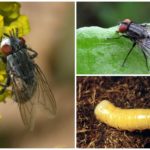
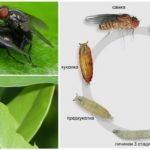
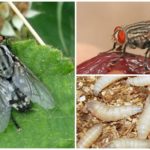
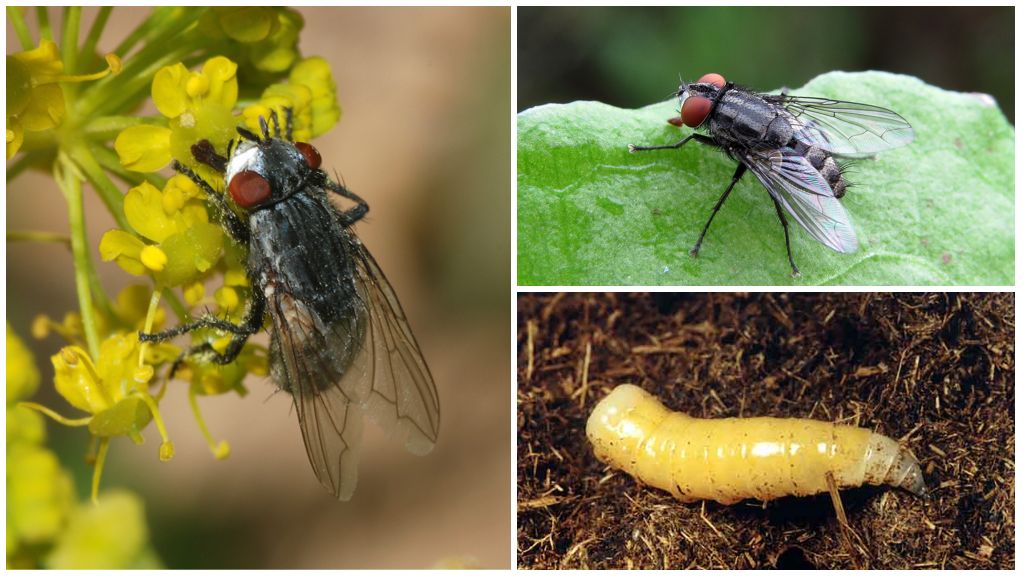
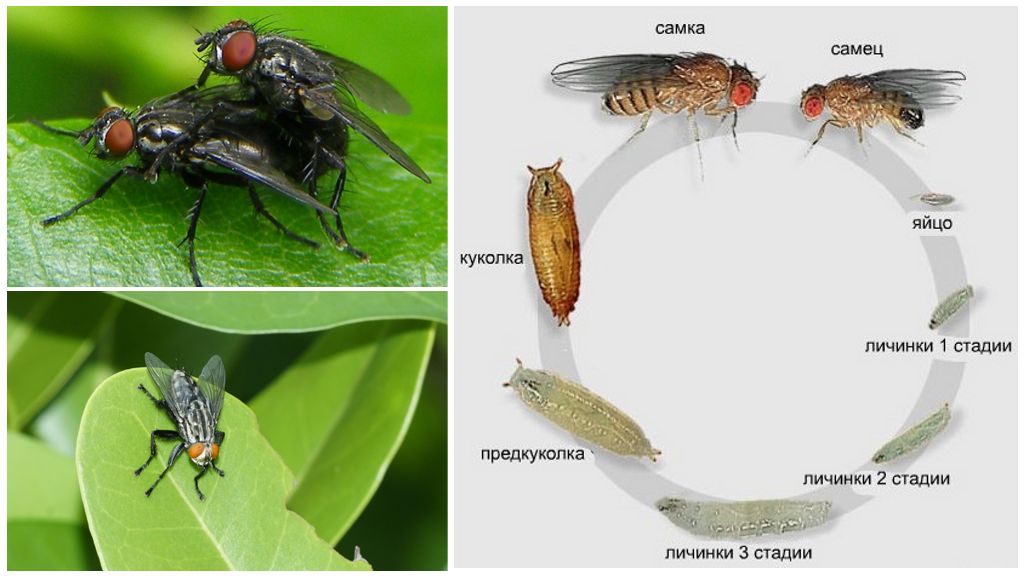
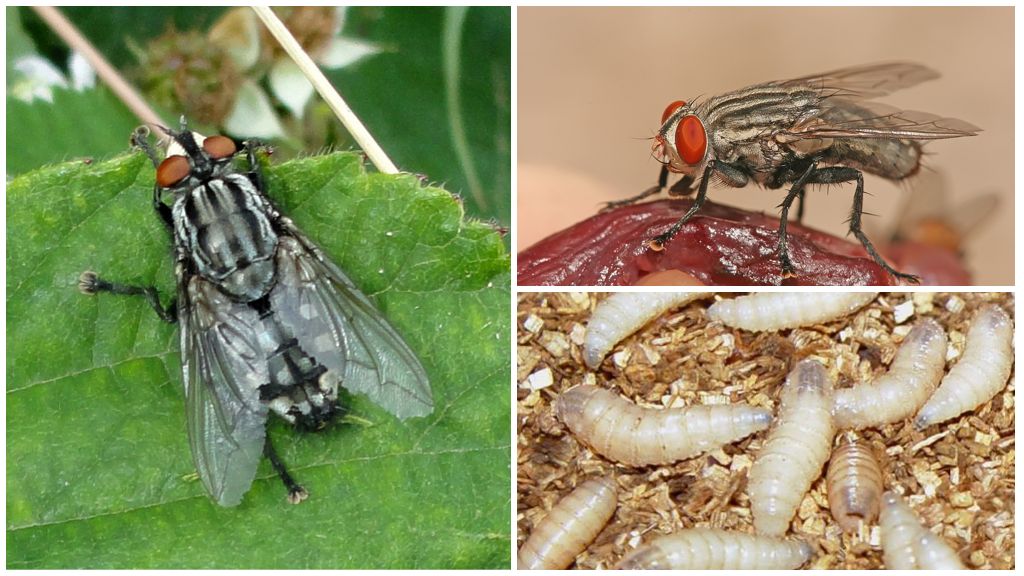

 (votes: 9, average rating: 4.56 out of 5)
(votes: 9, average rating: 4.56 out of 5)


